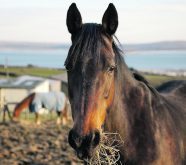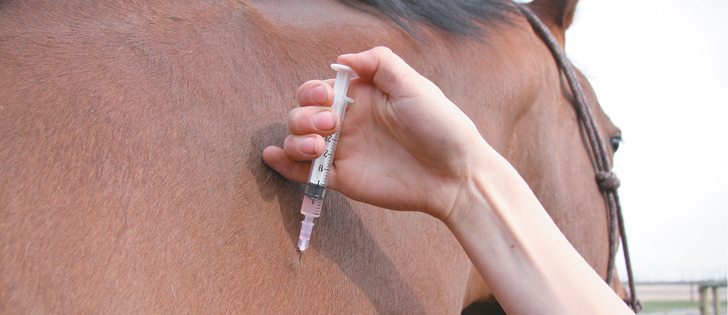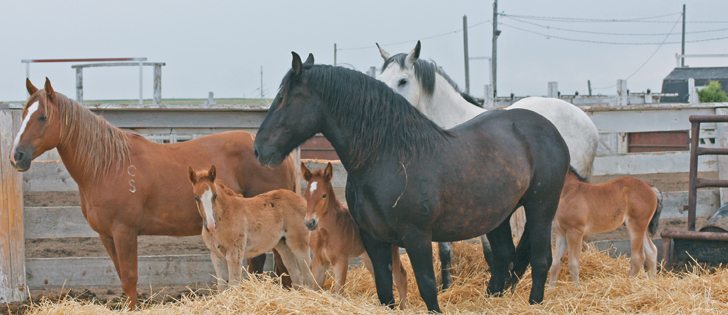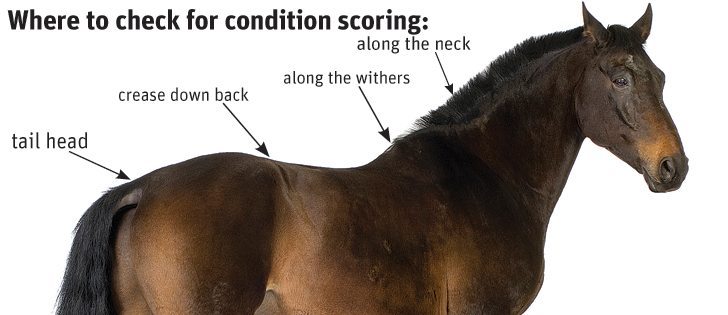Endoscope | Device can help vets see all the way into the animal’s stomach
It is impossible for a horse with throat problems to open wide and say aaah.
Instead, a veterinarian can use an endoscope to see inside and do a more accurate diagnosis.
Also used in human medicine, the endoscope has a long, small flexible tube with a light and camera attached to the end. By manipulating the tube through the horse’s nostril, the vet can explore the throat and esophagus, and if necessary, go into the stomach. The diagnostician can watch the exploration in real time on a screen to see if the horse has a growth, stomach ulcers or bleeding.
Read Also
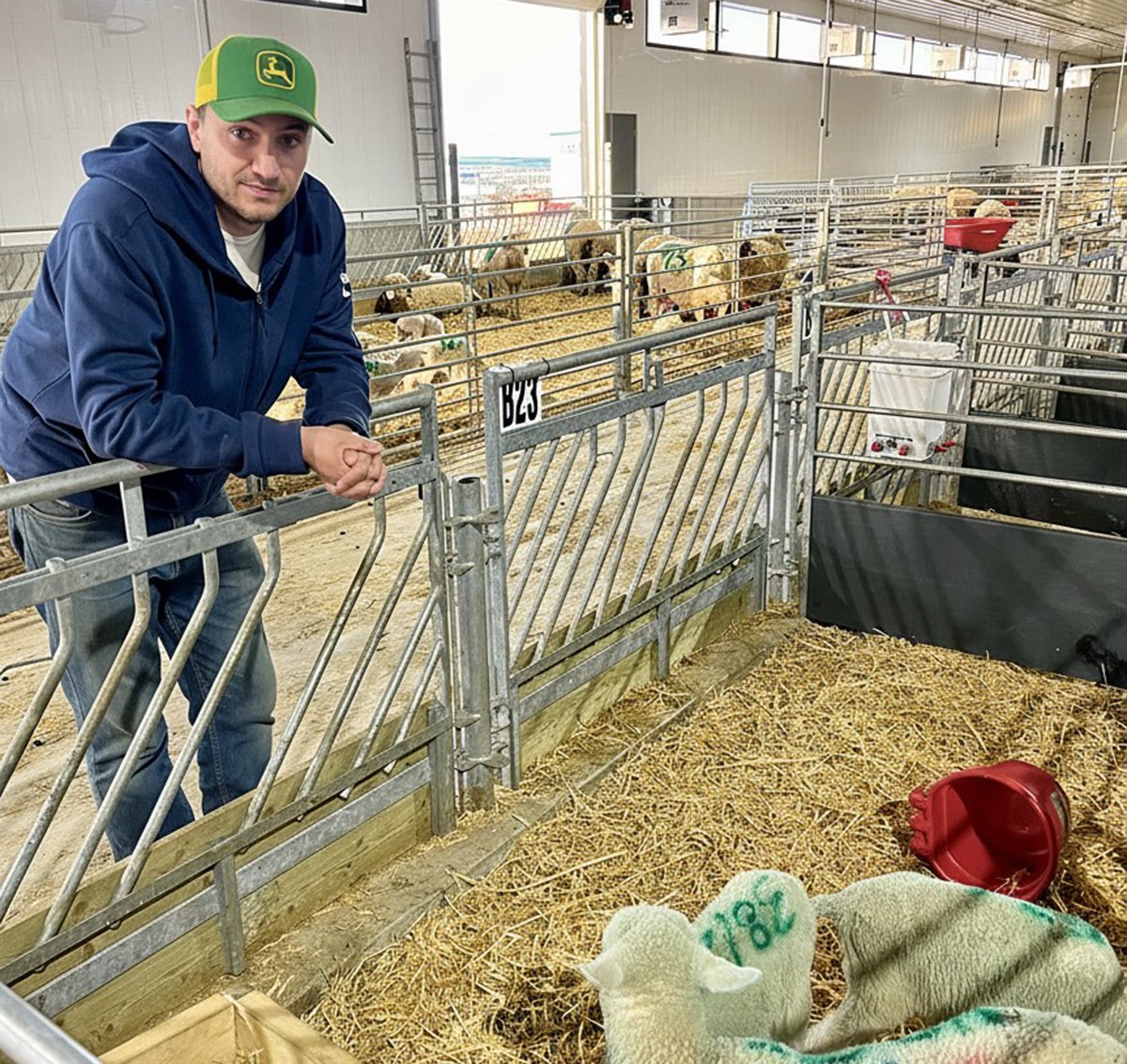
Solar, sheep provide valuable farm diversification
Eric Steeves says raising sheep on forages grown under solar panels provided economic stability and perhaps even saved his family’s fifth generation southern Alberta grain farm.
“Anytime we need to look into the horse at the place where there may be a problem, and the endoscope fits, we’ll go there,” said Renaud Léguillette, a veterinary specialist in equine internal medicine at the University of Calgary.
The university’s faculty of veterinary medicine is among the few to own such an instrument, which was demonstrated during a recent open house.
Léguillette works with high performance horses at the Calgary Stampede, where he has looked at chuck wagon horses and is now starting a new project with barrel racers. He has also used the tool to examine jumpers, polo horses and harness racers.
A horse breathes eight to 15 times per minute at rest, but that could increase to 180 to 200 respirations per minute when it is running hard.
A horse whose throat is not opening properly and is not getting enough air may start coughing and cannot work as well. To make a precise assessment, researchers wanted to know what was happening as the horse ran.
That led to the vet school being the first in North America to obtain a portable unit to assess horses while they work.
The rider wears a special backpack carrying computerized equipment to wirelessly transmit information from the endoscope that is attached to the rider and then looped around the horse’s face and into its nose.
Léguillette can watch the action in real time from the sidelines as the horse runs full speed.
“We can see some problems during exercise, and we can review the video on the computer,” he said.
He can later watch the airways opening and closing in slow motion on his laptop to see what was happening during exercise.
If the horse needs corrective laser surgery in the throat, the endoscope is used to guide the vets to the right spot.





